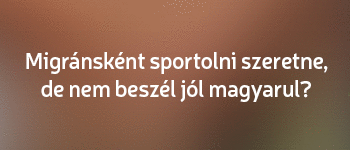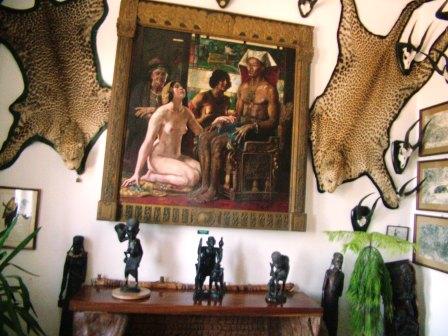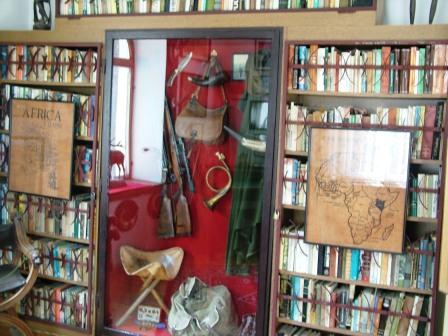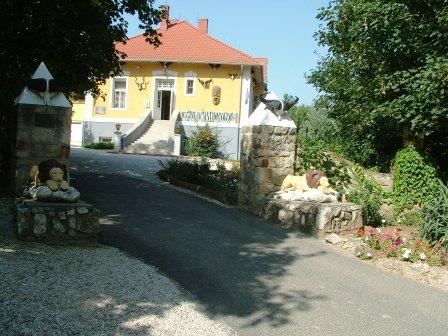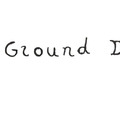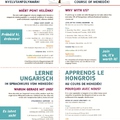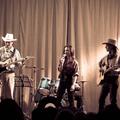By Hakeem Babalola
Hungary`s one and only Afrika Múzeum (Africa Museum) is receiving a very good patronage from the public. On the average, over 2000 people usually visit the museum during the peak days.
Run from April to November, the museum has collections of rare African art works - authentic carvings, elephant tucks, furniture, trophies, embalmed animals, books, and maps dating back from 1790.
Established in 1988 by Hungarian Game Hunter, Dr. Nagy Endre, the museum seems to be the first of its kind in the East and Central Europe.
The museum, which was formerly known as Tanzania House and Safari Club for Hungarian Hunting lovers, is now being managed by Katalin Endre, the 74 year-old widow, who took up the challenge after the death of her husband in 1994.
Before his death, Nagy had instructed his wife to bury part of his body in Africa, a wish the latter successfully carried out by burying part of the remains in Meru-Tanzania, according to a worker in the museum.
Dr. Endre took refuge in Africa during the Second World War where he was said to have found peace and love.
On returning to his native country, Hungary, he decided to establish something in memory of Africa, culminating the birth of this historical museum in Balatonederics - a typical rural area in Hungary which is about 250 kilometres from the capital, Budapest.
The museum sits on a six-acre land, below the Beci Mountains with its fluke of nature running from Kesthely Mountains to the west and up to Lake Balaton which itself a tourist attraction for millions every summer.
“I was stunned with the huge number of collections from the Masai tribe,” confessed Archie Bonka, who works at the museum every summer. He added that it was impossible to leave the museum without being stuck by the memory for days.
Although some Africans who visited the place were said to be uncomfortable because, according to them, these precious collections were looted; yet others gave a thumb up for Nagy and Katalin for preserving African heritage in a six-acre land in a little known village.
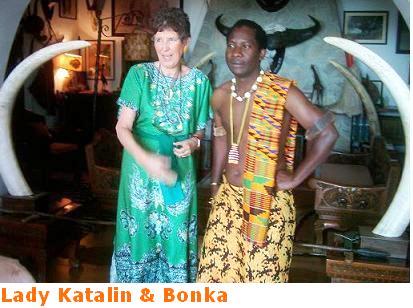
With 1km mini jungle, a private zoo, mud thatched hut, three African gift shops, a Timbuktu Cafe House that serves varieties of the "best" African coffee from Kenya, Uganda, Ethiopia; it is a perfect replica of a typical African village.
Even animals and birds like buffalo, goat, zebra, bush pig, cow, camel, donkey, antelope, donkey, fowl, duck including people's favourite - a 39 year-old African owl, are being kept in this monumental Afrika Múzeum.

